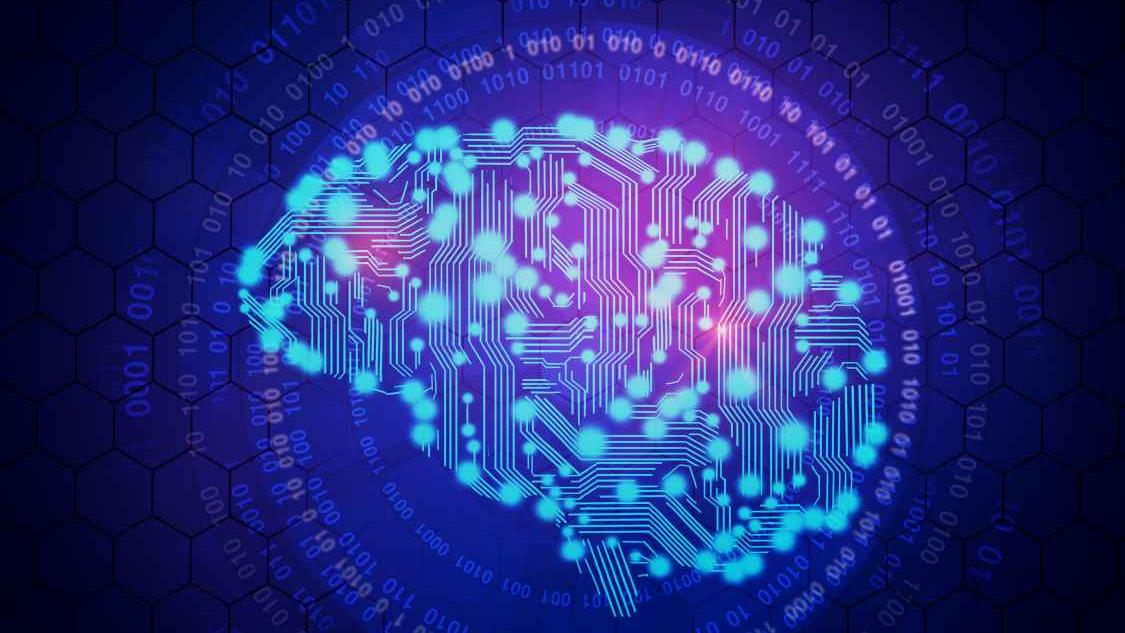by Linköping University
The researchers at Linköping University study how the nervous system processes the social signals in touch, such as calming touch. Credit: Anna Nilsen/Linköping University
Two types of neurons in the skin may be particularly important for how the brain interprets social contact between people, according to a new study led by Linköping University in Sweden. Knowledge of how the nervous system processes the information in social touch is important in order to develop ways to restore sensation.
"With my voice I can talk to several people at the same time, but when I touch you, it's a clear signal that I'm directing my attention to you. Touch is a kind of shortcut to closeness and intimacy," says Sarah McIntyre, assistant professor at the Center for Social and Affective Neuroscience, CSAN, at Linköping University, LiU.
Her research is about how the nervous system processes the information we get through skin sensation. She wants to understand the code that the nervous system uses to process the social signals in touch.
The LiU researchers have previously defined six different patterns of touch that people often use to express happiness, love, gratitude and sadness, as well as to calm someone and seek their attention. For example, calming touch was expressed, in the researchers' standardized version, by slowly stroking the other person's arm four times, while touch used to seek attention consisted of tapping with the index finger 4–5 times.
The researchers wondered if certain types of neurons in the skin are particularly important for processing the information in social touch.
In the current study, published in IEEE Transactions on Affective Computing, an experimenter performed the six standardized touch patterns on the study participants' forearms. Meanwhile, the researchers investigated the activity of different types of neurons by "listening" to the nerve signaling using a method called microneurography.
Microneurography was developed in Sweden and enables the researchers to measure the signaling in a single neuron at a time. This provides a precision that can otherwise only be obtained in animal studies, but a major advantage of microneurography is that it can be used on humans. The researchers "listened" to 39 neurons of six different types.
Researchers at the University of Virginia, led by Greg Gerling, then trained a machine learning model to try to distinguish between the six touch patterns, based only on how an individual neuron encoded the information, that is, what the nerve signaling looked like.
It turned out that this highly depended on the type of neuron. All neurons reacted to touch. But not all types sent signals to the brain in a way that contained all the information needed for the machine learning model to discern what kind of touch the neuron responded to.
"We saw that two neuron types were very good at distinguishing between the six different touch patterns. This suggests that these two types of neurons have a particular function that helps us understand the difference between different kinds of social touch," says Sarah McIntyre.
Neurons that react to impressions from the outside world differ in various ways. For example, some neurons quickly "tire" of constant stimulation and stop sending signals to the brain. We can notice this when the sense of smell quickly adapts to a scent, and we stop perceiving it.
One sensory neuron, which seems important in distinguishing between different kinds of social touch, quickly adapts in this way. It is connected to hair follicles in the skin and is called a hair follicle afferent. It mostly reacts to changes, such as when a hair is being deflected.
The other type of nerve cell, on the contrary, tires more slowly. It therefore continues signaling to the brain even if the touch is static, for example by a hand that is held still on the skin, and is called slowly adapting type 2.
"Our research is about understanding the basics of how our nervous system works. If we understand how the brain interprets signals from different types of touch, that knowledge may in the long run be helpful in trying to restore sensation that is impaired by age or disease.
"This knowledge may also be useful when developing prosthetic limbs that interact with the nervous system and can be used by people who have lost a body part," says Sarah McIntyre.
The researchers do not yet know how the machine learning model was able to distinguish between different types of touch based on the nerve signaling. The research groups are therefore continuing with a new study to try to find out which mechanical properties of social touch the different types of neurons react to.
More information: Shan Xu et al, Mechanoreceptive Aβ primary afferents discriminate naturalistic social touch inputs at a functionally relevant time scale, IEEE Transactions on Affective Computing (2024). DOI: 10.1109/TAFFC.2024.3435060
Journal information: IEEE Transactions on Affective Computing
Provided by Linköping University







Post comments